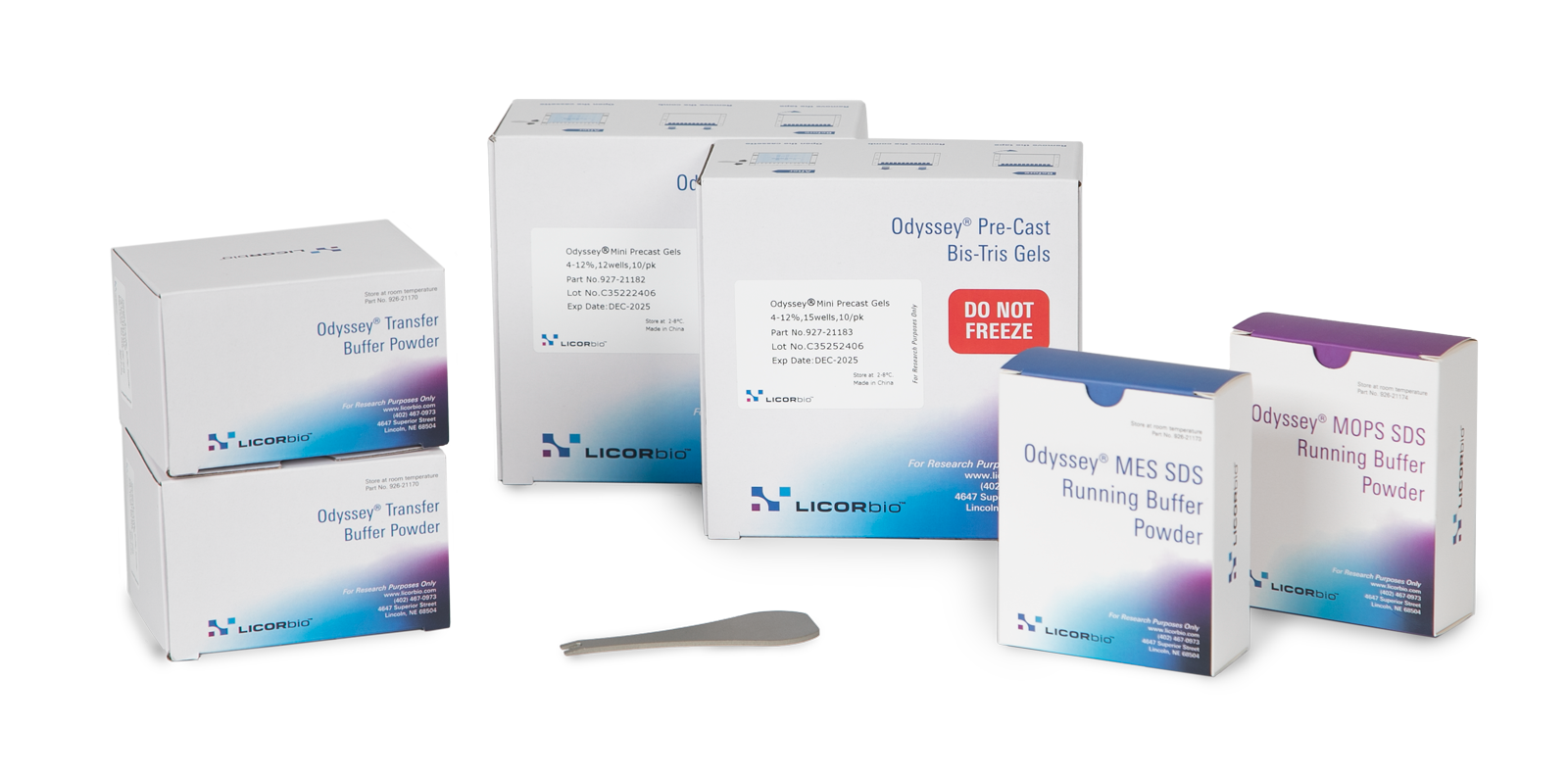Your Research Matters
Data replicability is key
Western blot analysis is susceptible to error and variation in more ways than one, whether it be the technique itself, or the detection chemistry, samples, and materials used in the assay. How do you ensure that the data you generate are accurate and reliable?
Publication guidelines are changing
Peer reviewers and journal editors want to know details of study design, combined linear detection ranges, data normalization, controls, and replicability of results. Can your imaging system alone give you all the answers?
A New Imager Alone Won’t Help
Take your studies forward with the
Data Integrity™ Bundle
Minimize error and variation with standardized protocols, robust detection, validated reagents, online training, secure data analysis software, and on-demand support.
Get in TouchAccurate detection
“Quantification of gel or blot intensities must be performed with data obtained within a linear range of exposure.”
A wide dynamic range of detection on Odyssey® Imagers capture data over the entire linear range of your assay in a single image. So, whether you are normalizing target proteins to housekeeping proteins or total protein loading, you can conveniently assess the combined linear detection range and confidently quantitate your results.
Stable detection chemistry
“Normalization of signal intensity to total protein loading (assessed by staining membranes using Coomassie blue, Ponceau S or other protein stains) is preferred. “House-keeping” proteins should not be used for normalization without evidence that experimental manipulations do not affect their expression.”
Enzymatic detection (chemiluminescence) can be difficult to control and optimize. Adapt your workflow with near-infrared fluorescence detection and get consistent data each time. Explore your options for multiplex detection and normalization with LI-COR near-infrared fluorescence reagents.
Reliable analysis
“All images submitted to The Journal of Immunology must accurately represent the original data. Original data (digital files, autoradiographs, films, etc.) for all experiments should be fully annotated, secured, and retrievable.”
Not all image editing software programs are designed to analyze Western blot data. Features in unsupported programs can result in non-linear adjustments, compromising the integrity of your results. Empiria Studio® Software does not modify raw data, but only changes how data pixels are mapped to the screen.
Accessible expertise
Users of Odyssey® Imaging Systems can take advantage of personalized training programs on experimental design, imaging best practices, data analysis support, assay optimization techniques, and methods to meet current Western blot publishing guidelines.
